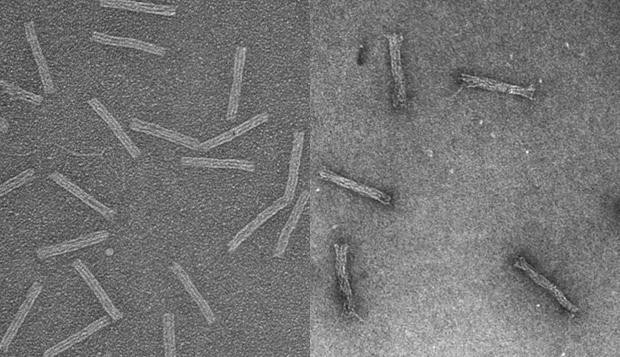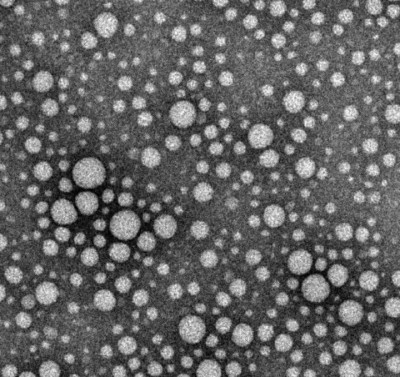DNA 'Trojan horse' dupes drug-resistant cancer cells

The researchers found that previously resistance cells effectively absorbed drug molecules that were hidden inside tiny rod-shaped capsules made of DNA – which have aptly taken on the pseudonym of “molecular Trojan horses.”
Each capsule measured about 15 nanometers wide and 100 nanometers long (nearly 100 times smaller than the cancer cells it infiltrated) and featured four hollow, open-ended interior compartments.
"Cancer cells have novel ways of resisting drugs, like these pumps, and the exciting part of packaging the drug this way is that we can circumvent those defenses so that the drug accumulates in the cancer cell and causes it to die," said John Byrd, a professor of internal medicine and director at the Division of Hematology.
"Potentially, we can also tailor these structures to make them deliver drugs selectively to cancer cells and not to other parts of the body where they can cause side effects."
The approach had been experimented with previously (the technique was dubbed DNA origami); however, this is the first time it has worked on drug-resistant leukemia cells. The researchers were also able to track the capsules under a microscope, using fluorescent tags.
"DNA origami nanostructures have a lot of potential for drug delivery, not just for making effective drug delivery vehicles, but enabling new ways to study drug delivery,” said Carlos Castro, director of the Laboratory for Nanoengineering and Biodesign.
“For instance, we can vary the shape or mechanical stiffness of a structure very precisely and see how that affects entry into cells,"
Castro and Byrd have begun testing the capsule in mice and hope to begin human cancer trials within a few years. Additionally, Castro hopes to develop a process for manufacturing the capsules as part of a modular drug delivery system.











